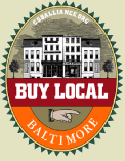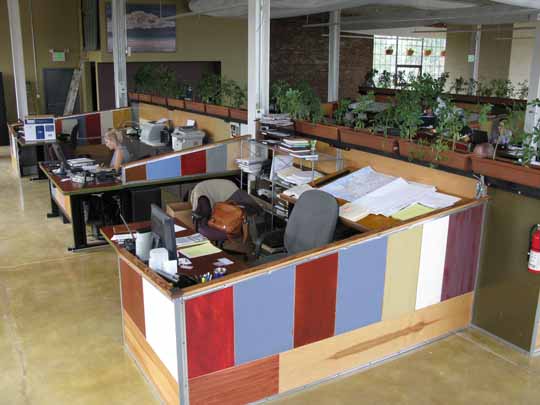I Want America to Thrive

Are you . . .
- Looking for a thriving future for America – and the world?
- Frustrated with arguing and finger pointing about the state of our country and the environment?
- Worried about what kind of world your children and grandchildren will inherit?
- Tired of hearing that humankind is a doomed, destructive species and blight on this beautiful planet we call home?
- Wondering what you could possibly do to make a difference, to turn things around in a more positive direction?
So are we!
That’s why we are making this short film, “I Want America to Thrive”
We’ll show you the power of a new story. A story so inspiring that if we just turn up the volume on it, we can drown out the old story of doom and gloom, shame and blame.
This new story involves real people doing great work in pursuit of their vision of a thriving future for America – and the world. People who have taken a good look around, seen the challenges, and rolled up their sleeves in the face of mighty resistance. They will show us all sorts of innovative things that they’re doing right now to renew the American Dream.
I invite you to imagine the kind of world we would build if we saw just how creative, connected, and compassionate we really are.
Humans have a pretty amazing track record so far: we’ve invented philosophy and penicillin, acupuncture and Shakespeare’s plays, pizza and poetry, the iPhone and the Tesla Roadster. We’ve landed men on the moon, harnessed geothermal energy, and created the National Parks. All of these accomplishments started with an idea. And the understanding that we create the future every day.
Sure, we need to pay attention to the effects of our competitive, industrial way of life on the people and living systems on which we all depend. But warning and scolding is not a great way to motivate people. Rather than curse the darkness, why not light a candle?
One of the great secrets of how architecture works is that together we create a picture of the finished building. And then we build it. That picture is a beacon; it holds us to a higher vision when the inevitable glitches and mistakes crop up. The beacon is essential because it keeps us from getting mired in problems and instead encourages us to be imaginative and collaborate on finding the solutions.
What We Need
It’s important for this film to be visually excellent and high-impact. We’re going to film a wide diversity of real people and ask them to share the ways in which they are helping America to thrive.
Your support will help pay for the necessary expertise and equipment for high quality documentary filmmaking and editing.
We’re also going to work with a well-known animation artist to help make our concepts appealing and easy to understand.
It takes time to put together the latest research about the many ways to do and be good for the environment – and we are committed to using only verifiable, trustworthy sources.
We’re also working with a local musician – the same artist who generously donated the music for this video – to make sure we paint an upbeat, energetic and emotional tone in line with the message.
Go to the campaign page to read more and thank you for helping to spread the word!





 View the dynamic, moving GOforChange: Greening Baltimore video
View the dynamic, moving GOforChange: Greening Baltimore video






